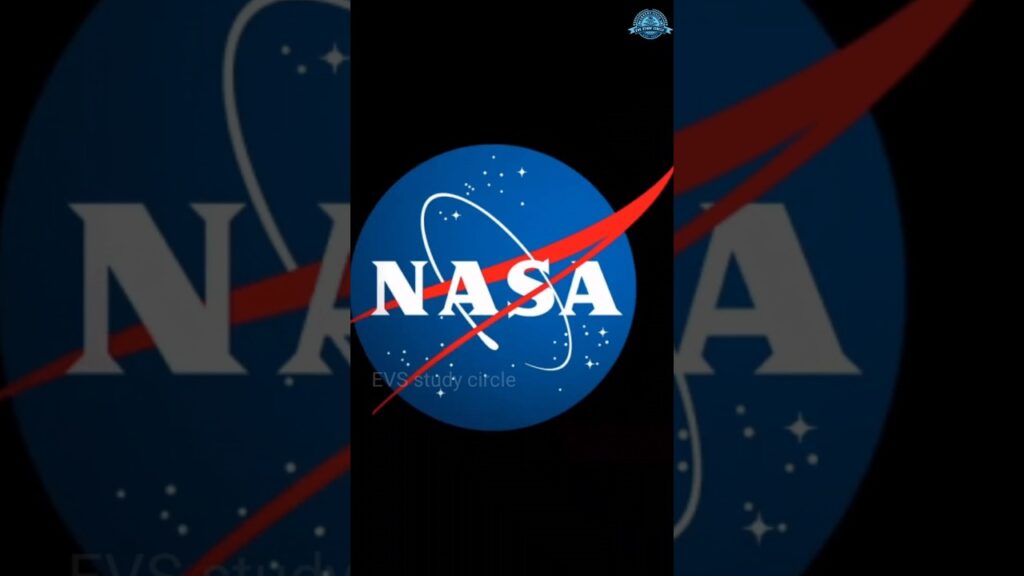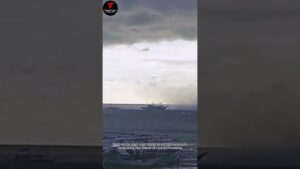
NISAR (NASA-ISRO Synthetic Aperture Radar)** is a joint Earth-observing mission between NASA (United States) and ISRO (Indian Space Research Organisation). It is designed to map the Earth’s surface with unprecedented precision to understand changes in the planet’s ecosystems, ice masses, and natural hazards.
Launch Date:Scheduled for 2024 (subject to updates).
*Launch Vehicle:ISRO’s GSLV Mk II rocket.
Orbit:Sun-synchronous orbit at approximately
Objectives:
1. **Track Ecosystem Changes:** Monitor forest and agricultural changes to assess carbon storage.
2. **Monitor Ice Sheet Dynamics:** Measure changes in glaciers and ice sheets to assess sea-level rise.
3. Study Natural Disasters:** Provide data on earthquakes, landslides, and volcanic activity.
4. Measure Ground Deformation:** Identify subtle ground movements related to geological processes.
Technical Specifications:
SAR Technology: Equipped with dual-frequency synthetic aperture radars—L-band by NASA and S-band by ISRO.
Global Coverage:** Covers the entire Earth in 12 days.
High-resolution Imaging:** Detects surface changes as small as a few millimeters.
Significance:
– **Disaster Response:** Provides real-time data to help mitigate the impact of natural disasters.
– **Environmental Management:** Helps in managing natural resources more effectively.
– **Climate Change Studies:** Monitors the impact of climate change on Earth’s systems.
Do you want more information about its mission, technical details, or potential applications?
source



